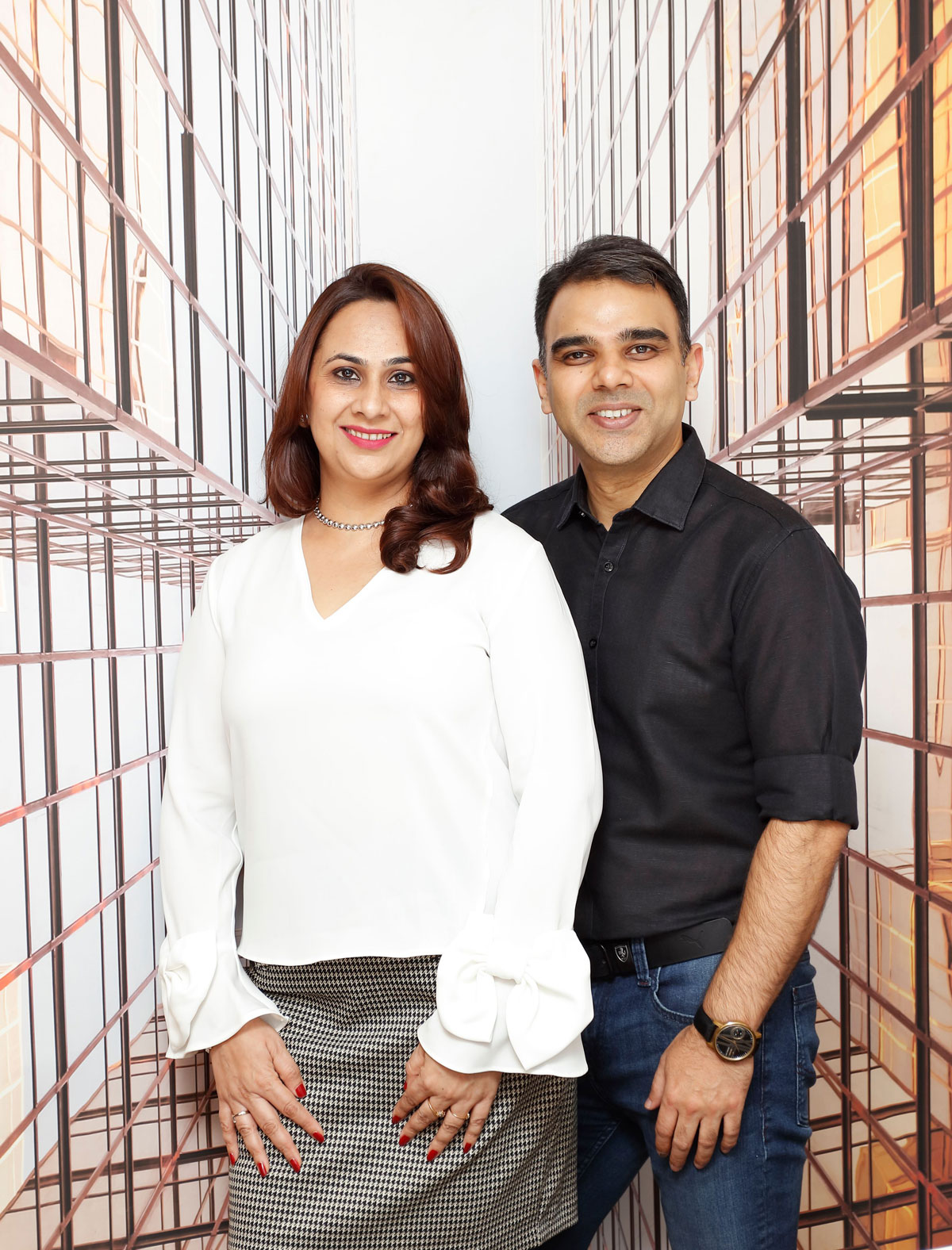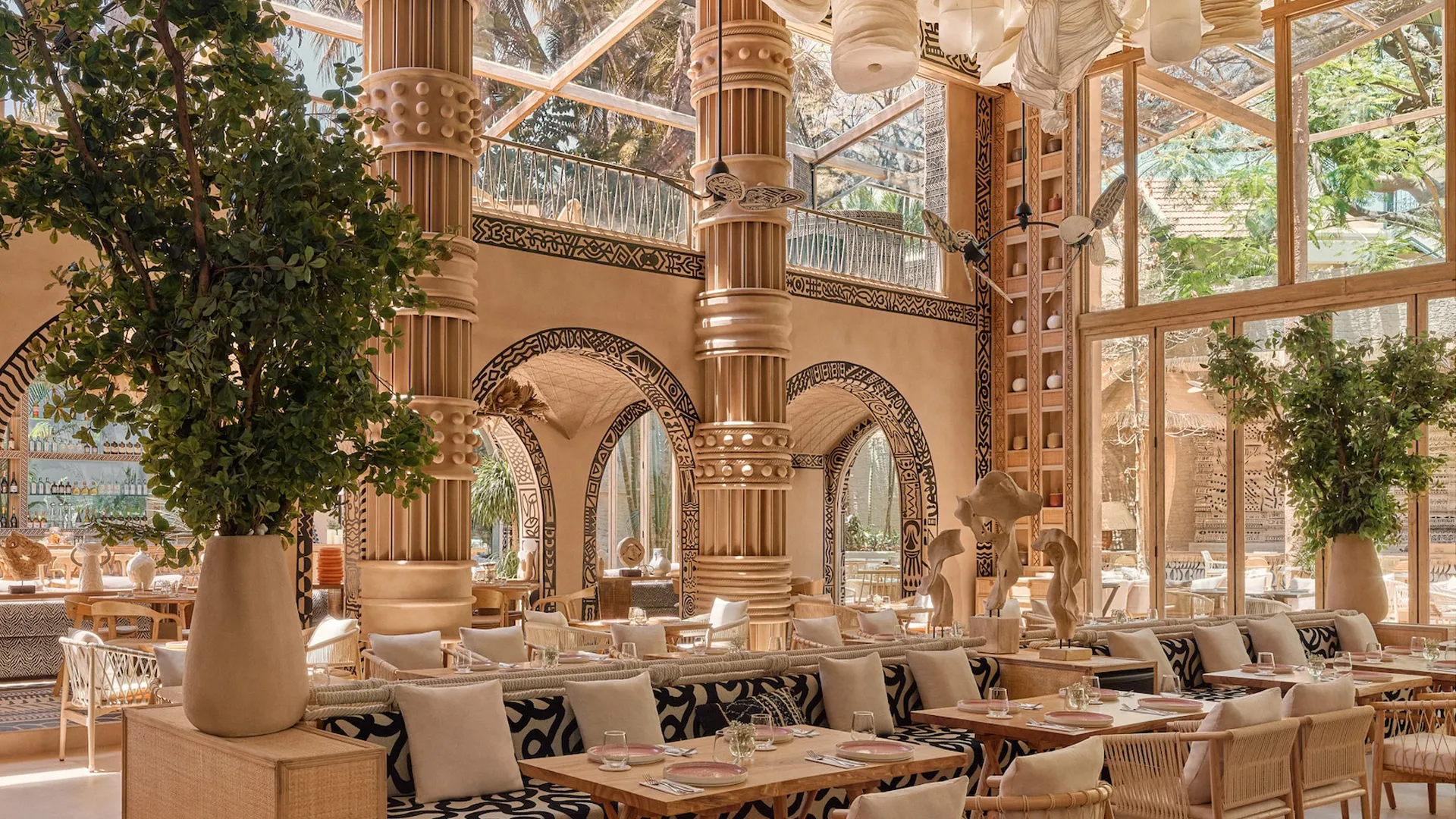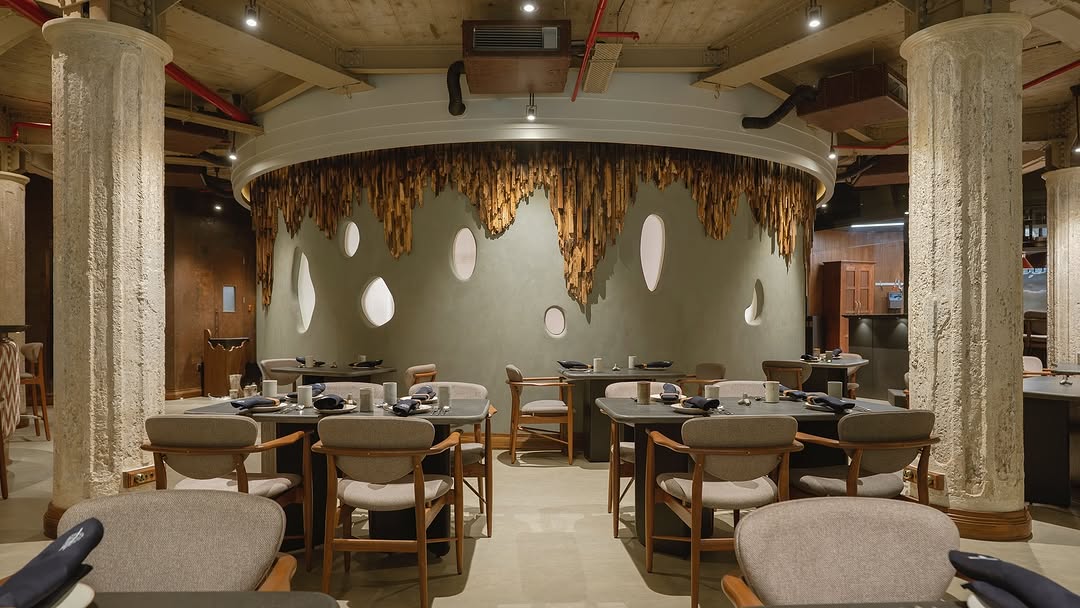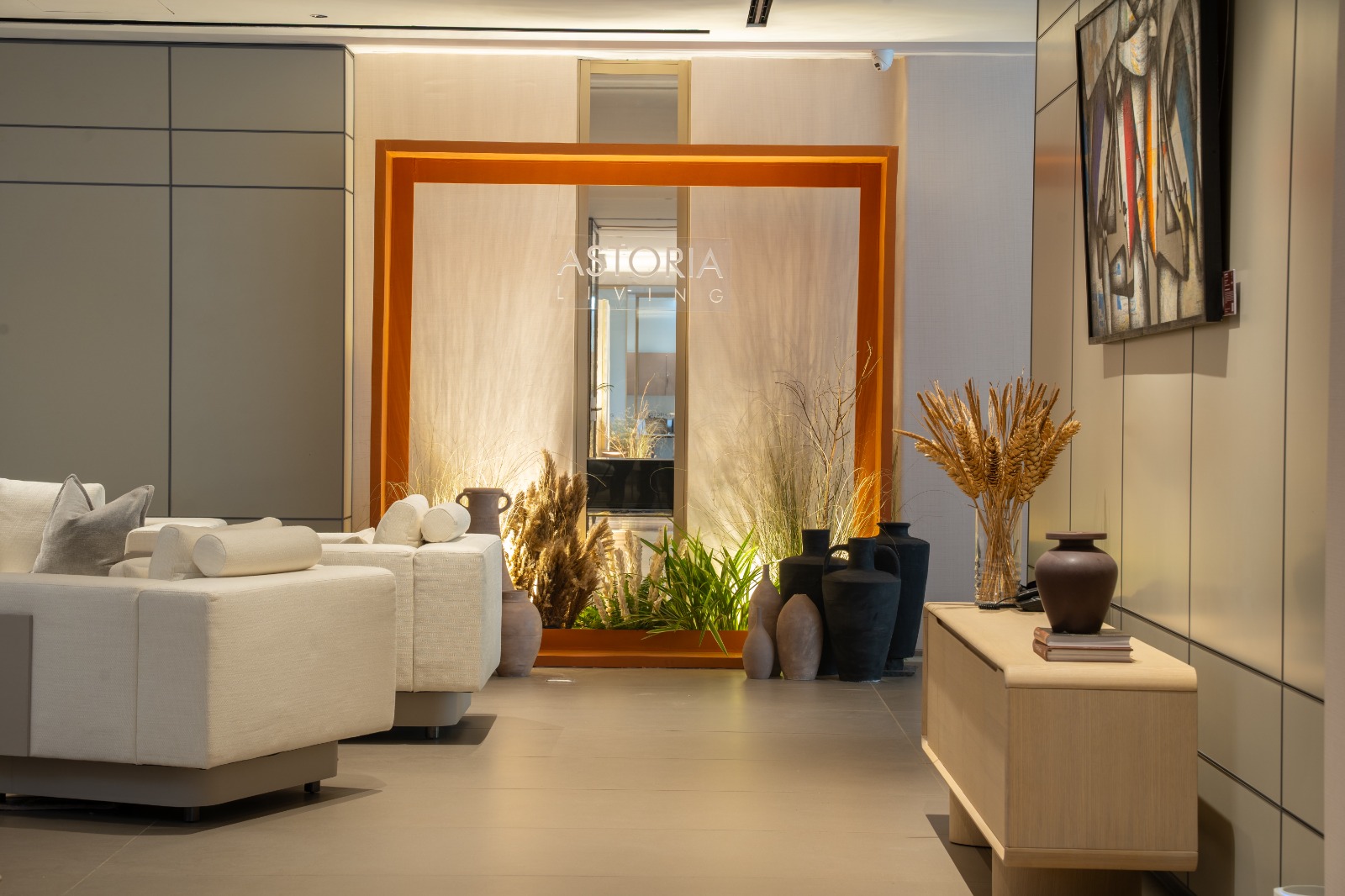Architecture is an ever-evolving field, constantly adapting to the changing needs of society and the advancements in technology. In recent years, technology has played an increasingly significant role in shaping the built environment, influencing everything from the design and construction of buildings to the way we interact with our surroundings. From biomimicry and smart materials to artificial intelligence (AI) and robotic construction, technological innovations are enabling architects to create more sustainable, resilient, and human-centric buildings. In this article, Ar. Anurag Pashine & Ar. Pallavi Pashine, Founders and Principal Architects of Salankar Pashine & Associates shed light on the future of technology in architecture and how it shapes the built environment.
Innovative Integration of Smart Home Systems
The integration of smart home technology marks a significant shift in the future of architecture. From voice-activated controls to AI-driven home assistants, technology is seamlessly blending into the fabric of our living spaces. These systems manage lighting, temperature, security, and entertainment, enhancing convenience and comfort. The future envisions homes that learn inhabitants’ preferences, adjusting environments accordingly. IoT (Internet of Things) devices enable interconnectedness, allowing homeowners to remotely monitor and manage various aspects of their homes, fostering a harmonious relationship between technology and domestic life.
Sustainable Innovations And Technology
The imperative of sustainability has become increasingly integral in architectural practices. Technology plays a pivotal role in this domain, offering innovative solutions to minimize environmental impact. From smart materials embedded with sensors that regulate temperature and lighting to 3D printing techniques using recycled materials, the focus is on creating structures that tread lightly on the planet. Advancements in energy-efficient systems, such as solar panels, green roofs, and intelligent HVAC systems, reduce a building’s carbon footprint while optimizing resource consumption, paving the way for more eco-friendly designs.
Dynamic Interiors for Adaptive Lifestyles
The future of interior design is responsive, catering to the ever-changing needs of inhabitants. Lighting systems have evolved beyond simple illumination; they’re now adaptive, adjusting brightness and color temperature to align with natural rhythms and user preferences. Offices embrace modular furniture, promoting fluidity in spaces to accommodate diverse work styles. Moreover, intelligent materials regulate temperatures, while multifunctional areas with interactive surfaces redefine versatility. Biophilic design principles merge with wellness tech, nurturing healthier indoor environments that seamlessly adapt to occupants’ evolving lifestyles.
Digital Design and Computational Tools
In today’s architectural scenario, the sketchpad and drafting table have evolved into powerful software and computational tools. These digital tools enable architects to explore complex designs, simulate environmental impacts, and create innovative structures with precision. Parametric design, for instance, allows for generation based on algorithms, from optimizing comfort in furniture design to designing facades according to climatic conditions. This paradigm shift empowers architects to create organic forms that were once inconceivable. Within this evolution, Building Information Modeling (BIM) also emerges as a significant trend, revolutionizing collaboration and efficiency by integrating multiple facets of construction, offering a comprehensive digital representation of a building’s characteristics and performance.
As technology continues to evolve, we can expect to see even more innovative and transformative applications that will shape the cities and spaces we inhabit. Architects must embrace these advancements responsibly, ensuring that technology is used to enhance human well-being, environmental sustainability, and social equity. By harnessing the power of technology, we can create a future where the built environment is not only functional but also contributes to a healthier, more resilient, and more equitable world.
Also Read: Bake Appetizing Vegan Carrot Cake With This Effortless Recipe.









